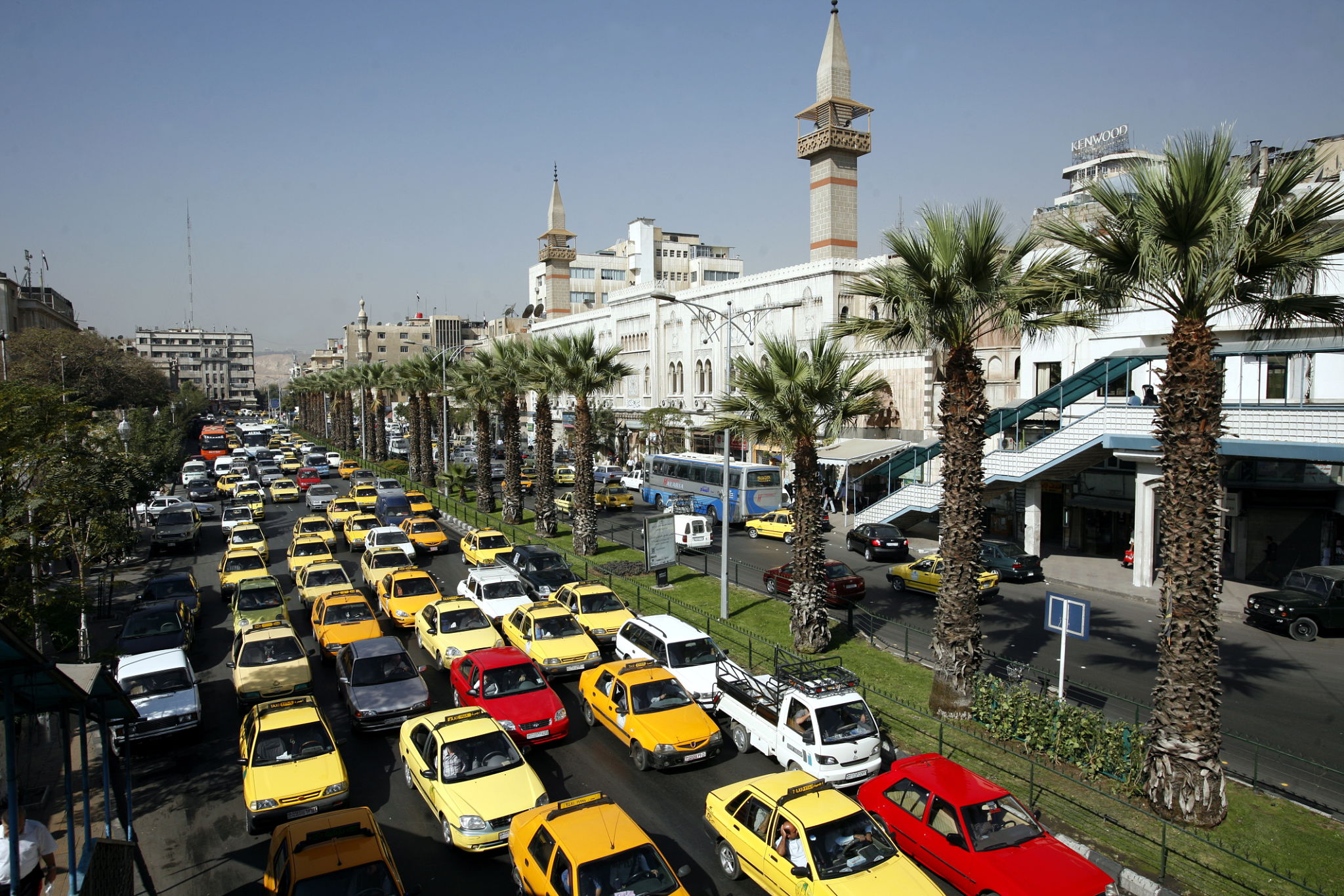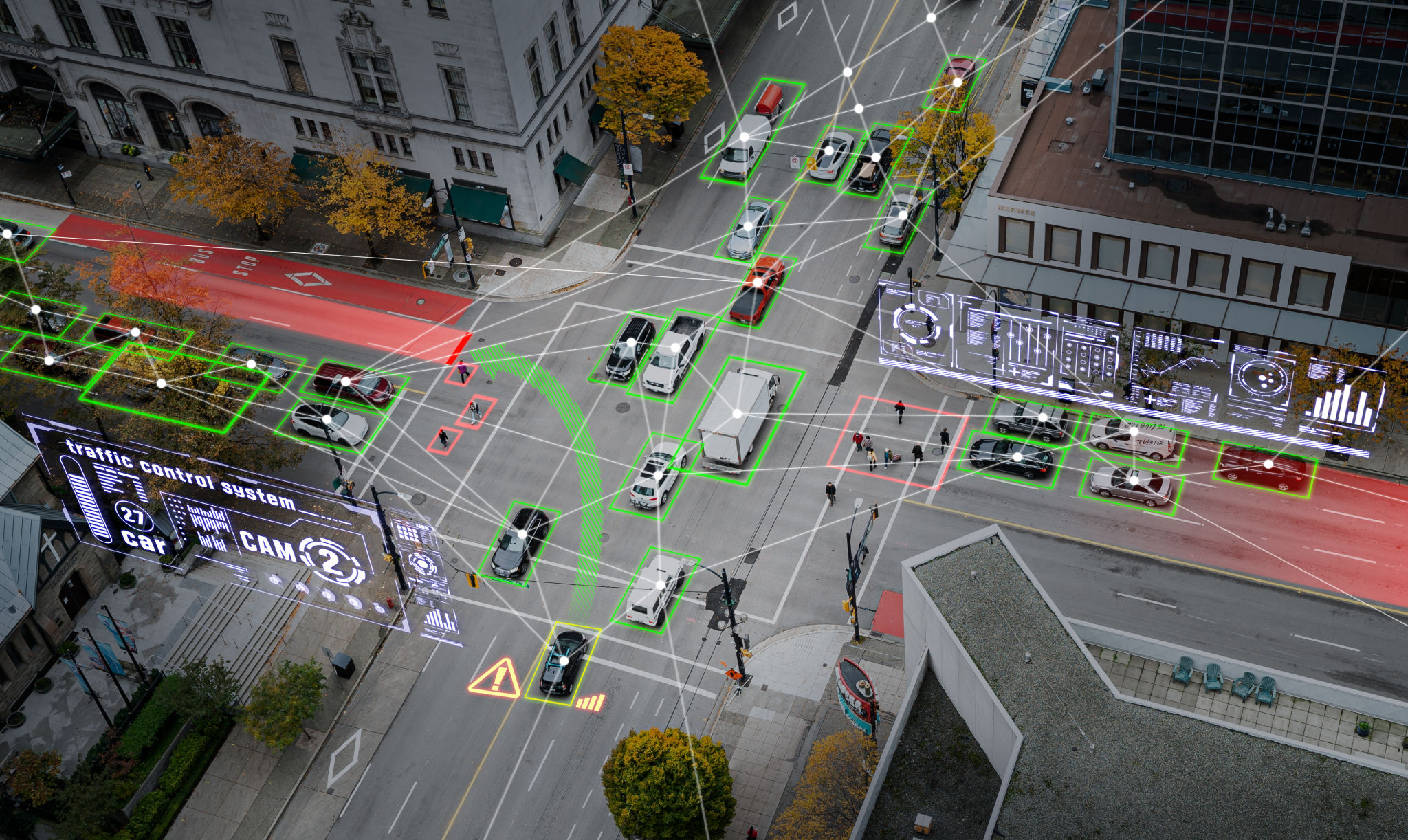Case Study: Successful Traffic Solutions Implemented in Damascus
Introduction to Traffic Solutions in Damascus
Urban traffic congestion is a growing concern worldwide, and Damascus has been no exception. However, recent initiatives have transformed this challenge into an opportunity for improvement. By implementing innovative traffic solutions, the city has significantly eased congestion and improved commuting times for its residents.
The success in Damascus serves as a model for other cities grappling with similar issues. This case study explores the strategies employed and the outcomes achieved, offering valuable insights into the effective management of urban traffic.

Intelligent Traffic Management Systems
One of the key components of Damascus's traffic solution is the deployment of Intelligent Traffic Management Systems (ITMS). These systems utilize advanced technologies such as real-time data analytics and machine learning to monitor and control traffic flow. By analyzing traffic patterns, ITMS can dynamically adjust traffic signals to reduce congestion and improve travel times.
Additionally, these systems provide valuable data that helps in planning future infrastructure projects more effectively. The integration of ITMS in Damascus has led to a remarkable reduction in both travel time and vehicular emissions, making the city a more livable place for its inhabitants.

Public Transportation Enhancements
Another crucial element of Damascus's strategy was enhancing its public transportation network. By increasing the number of buses and optimizing their routes, the city made public transportation a more attractive option for commuters. This not only reduced the number of private vehicles on the roads but also contributed to a decrease in overall traffic congestion.
The introduction of dedicated bus lanes further streamlined public transport operations. These lanes ensure that buses can maintain their schedules even during peak traffic hours, enhancing the reliability and efficiency of the service.
Integration with Non-Motorized Transport
In addition to public transport improvements, Damascus has also focused on promoting non-motorized transport options such as cycling and walking. The city has invested in creating safe and accessible bike lanes and pedestrian pathways. Encouraging these eco-friendly modes of transport not only helps reduce traffic congestion but also promotes healthier lifestyles among the city's residents.

Community Engagement and Awareness
A significant aspect of Damascus's success lies in its efforts to engage and educate the community. Public awareness campaigns have been instrumental in changing commuter behavior. By promoting the benefits of carpooling, using public transportation, and adhering to traffic rules, these campaigns have fostered a culture of responsible commuting.
Furthermore, community feedback has been actively sought and integrated into ongoing traffic management plans, ensuring that solutions remain relevant and effective over time.
Conclusion: A Model for Other Cities
The case of Damascus demonstrates that with strategic planning and the implementation of innovative solutions, urban traffic congestion can be significantly reduced. The city's approach offers a blueprint for other cities facing similar challenges, emphasizing the importance of technology, public transportation enhancements, and community engagement in achieving sustainable urban mobility.
As cities continue to grow and evolve, learning from successful examples like Damascus will be crucial in shaping a future where urban living is both efficient and sustainable.
